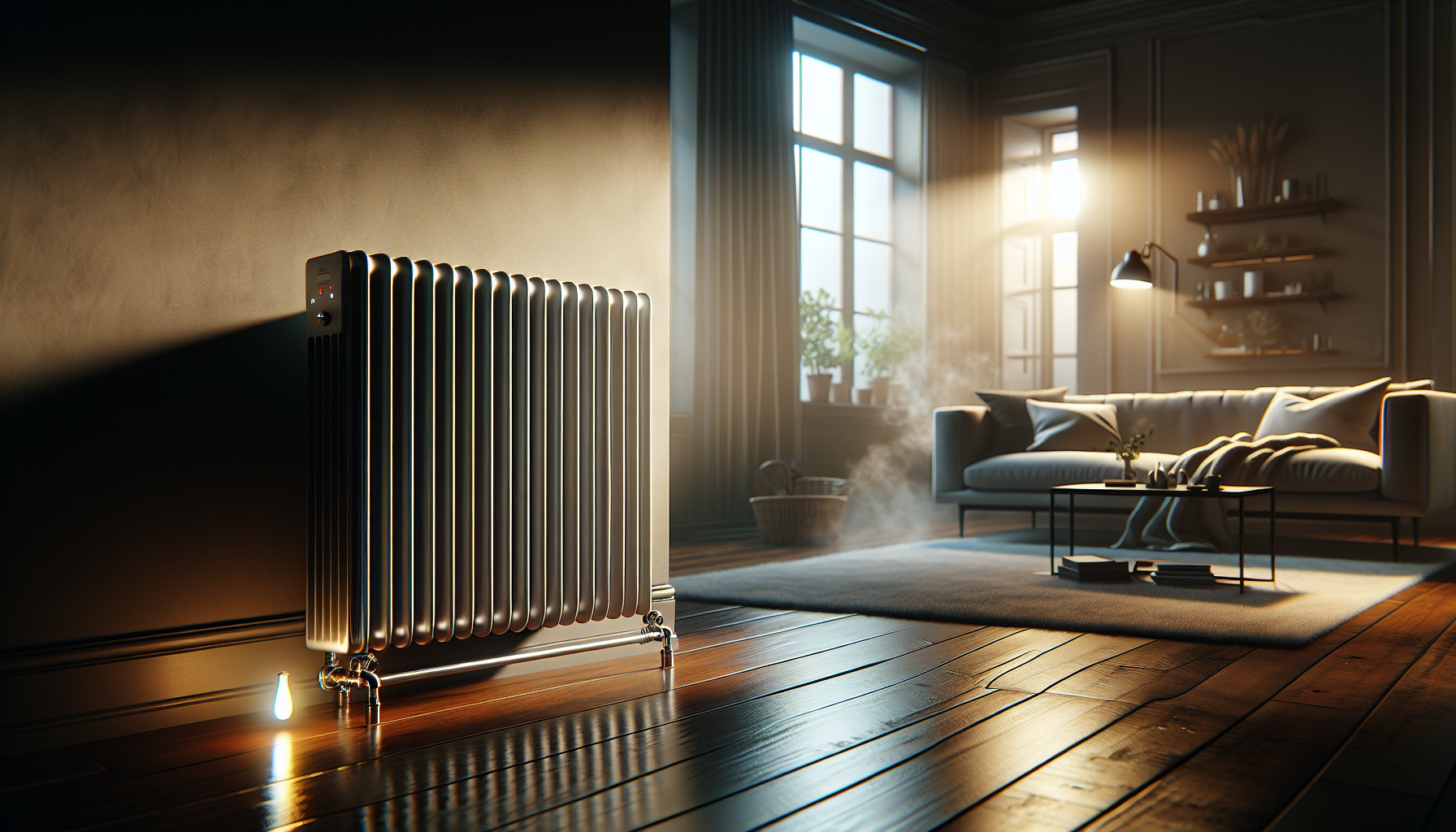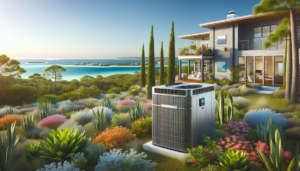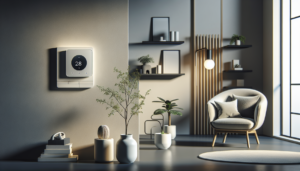What if you could make your home warm and cozy without relying too much on gas or electricity? Would that make you feel more comfortable during the chilly months?
Table of Contents
ToggleWhat is a Hydronic Heating System?
A hydronic heating system warms your home using hot water. Instead of blowing warm air through ducts, it heats water, which then moves through pipes and radiators, making your rooms warm and cozy.
Imagine a giant teapot in your basement. You heat that water, and it travels through pipes to radiators in each room. Once that hot water reaches the radiator, it spreads warmth into the room.
Why Choose Hydronic Heating?
You might wonder why someone would pick this system over others. Here are some simple reasons:
- Comfort: Hydronic heating provides steady heat. You won’t have cold spots because the water keeps everything warm evenly.
- Energy Efficiency: This system can use less energy than traditional heating methods, which may lead to lower bills.
- Quiet Operation: Unlike furnaces that can be noisy, hydronic heating works quietly, allowing you to enjoy your peaceful home.
How Does Hydronic Heating Work?
Understanding the basics of how hydronic heating works can help you see why it can be beneficial for your home.
The Components
- Boiler: This is the part that heats the water. It uses natural gas, propane, or electricity.
- Pipes: These carry the hot water from the boiler to the radiators. Think of them like veins that transport warm water.
- Radiators or Baseboards: These fixtures release the heat into your rooms. They come in different shapes and sizes, but all serve the same purpose—keeping you warm!
- Thermostat: This device helps control the temperature in your home. You can set it to the temperature you like, and it will help keep your home at that warmth.
The Process
- The boiler heats the water and sends it through pipes.
- The hot water travels to the radiators.
- The radiators disperse warmth into your rooms.
- Once the water cools, it returns to the boiler to be reheated, continuing the cycle.
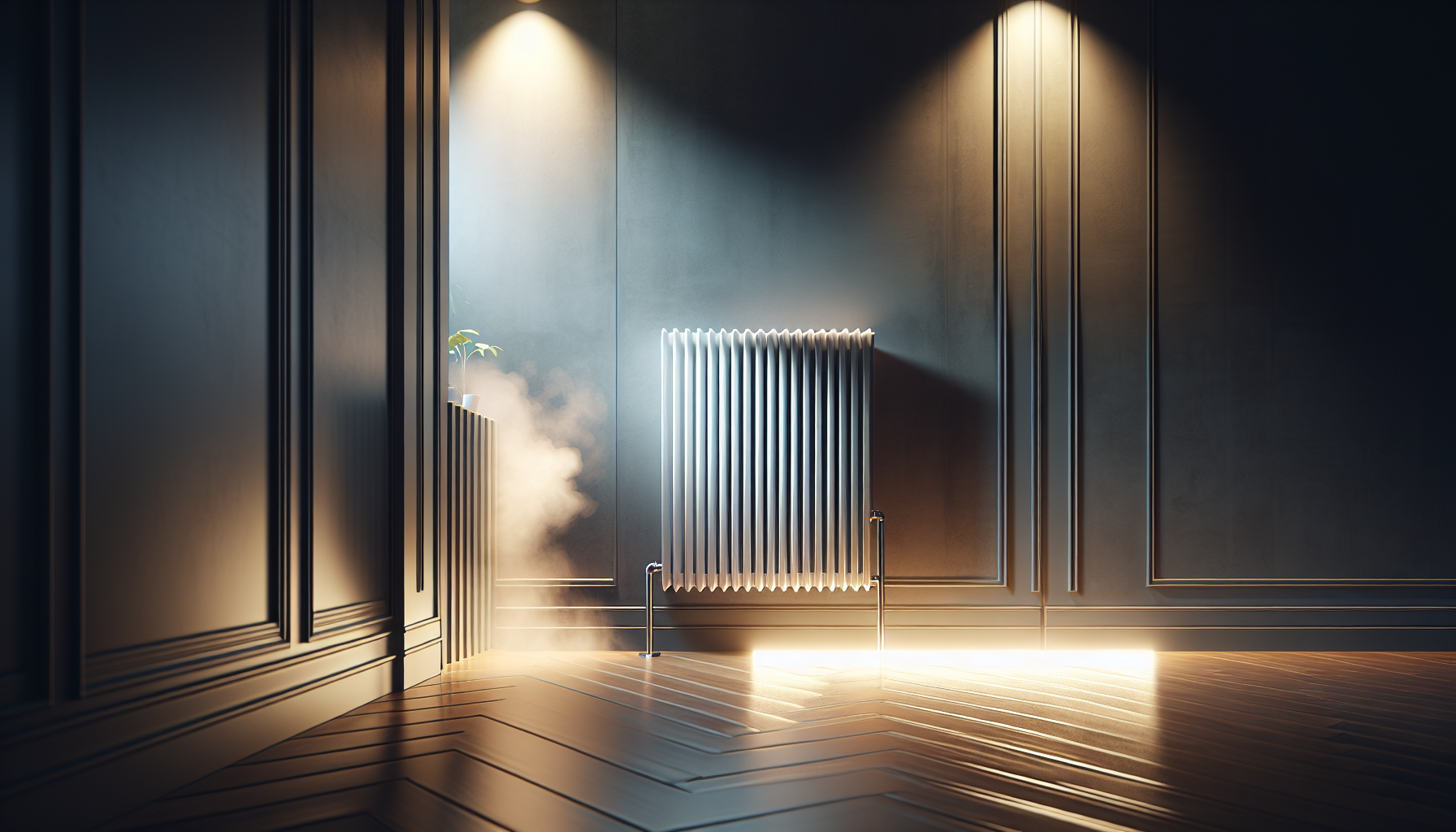
Preparing for Installation
Now that you understand what a hydronic heating system is, it’s time to think about installation. Installing a hydronic heating system takes careful planning to make sure everything is done right.
Assessing Your Home
Before you can install a hydronic heating system, you should check the following:
- Size of your home: Knowing how large your home is will help you figure out how powerful a boiler you need and how many radiators to install.
- Insulation: Is your home well-insulated? Good insulation helps keep the heat where you want it, making the system work better.
- Existing Heating System: Do you have a heating system in place already? Knowing this can help you with the installation process.
Budgeting
You should also think about how much money you want to spend. Typically, a hydronic heating system has different costs based on:
- The size of the boiler
- The materials needed for pipes and radiators
- Labor costs for installation
Getting a free quote can help you understand your budget. KadeCo Inc. offers free quotes and is ready to assist with your HVAC needs.
Steps for Installation
Now let’s go step-by-step through the installation process of your hydronic heating system.
Step 1: Choosing the Right Boiler
The first step in installation is choosing the correct boiler. Ensure the boiler size matches your home’s heating needs. An HVAC professional can help you find this.
Step 2: Running the Pipes
Next, the installer will lay out the pipes throughout your home. They will determine where to place these pipes to ensure even heat distribution.
Different Pipe Materials
- Copper: Durable and offers great heat efficiency but can be more expensive.
- Pex: This is a flexible plastic that is easier to work with and often cheaper.
Step 3: Installing Radiators or Baseboards
After the pipes are in place, the next thing is to install the radiators or baseboards. The installer will connect them to the pipes and ensure everything fits snugly.
Radiators vs. Baseboards
- Radiators: These are often larger and can hold more water, providing more heat.
- Baseboards: These are slimmer and sit along the bottom of the wall, taking up less space.
Step 4: Setting Up the Thermostat
The last step of installation is setting up the thermostat. It’s important to choose a location that will read the temperature correctly.
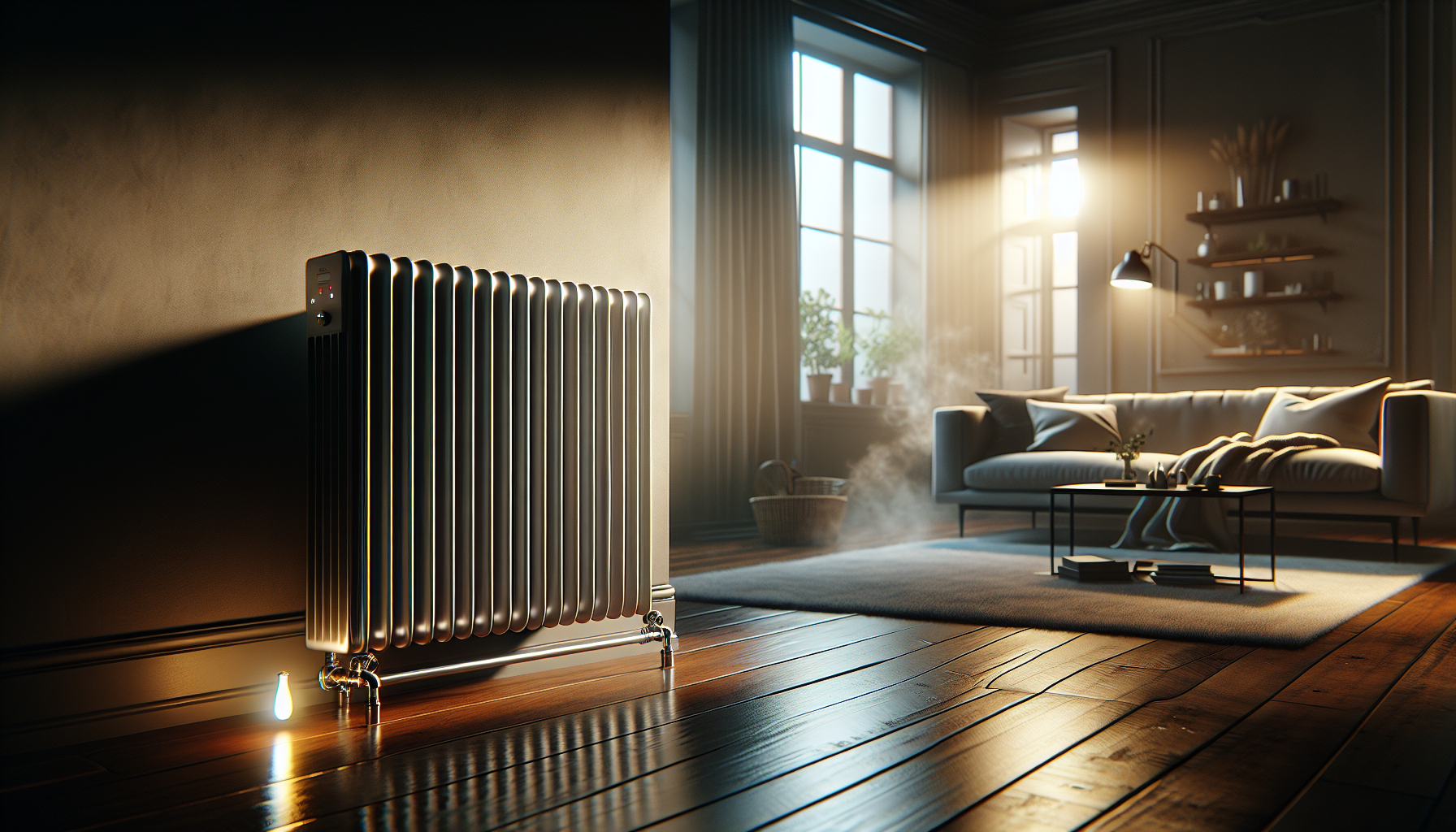
Testing the System
Once installed, the next thing is to test the system. This step should not be skipped, as it ensures everything is working perfectly.
- Check for Leaks: The installer will look for any leaks in the pipes or connections.
- Air Venting: Air may get trapped in the system. The installer will bleed the radiators to release any trapped air.
- Setting the Temperature: You will set your desired temperature on the thermostat to ensure the system warms your home properly.
Maintenance of Your Hydronic Heating System
Keeping your hydronic heating system in great shape means following a few simple maintenance steps.
Annual Check-Up
Just like how you go to the doctor for a check-up, your heating system needs one too. You should have a professional check your boiler, inspect pipes for leaks, and ensure everything runs smoothly.
Keep an Eye on the Pressure
Your system needs the right pressure to function properly. If you notice unusual changes in pressure, it might be time to consult someone who knows about HVAC systems.
Bleed Your Radiators
Every now and then, you will need to bleed your radiators. This step helps remove trapped air, ensuring they work efficiently. It’s a simple task that involves turning a valve with a special tool.
Benefits of Hydronic Heating
You’ve learned a lot already, but let’s summarize the benefits of hydronic heating one more time so you can see how it can improve your home.
Comfort
This system keeps the warmth consistent throughout your home. No more freezing spots by the windows!
Energy Cost Savings
Since hydronic heating uses less energy than other systems, you may save money on your energy bills. Who doesn’t like extra pennies in their piggy bank?
Healthier Environment
Hydronic heating doesn’t blow dust or allergens around like traditional systems. If you or someone in your home has allergies, this system can help create a healthier space.
Troubleshooting Common Issues
Despite being a great system, sometimes things can go wrong. Here are a few common issues you might face:
No Heat from Radiators
If some radiators aren’t heating up, it may be due to trapped air. You can try bleeding them to see if that fixes the problem.
Water Leaks
If you see water under your boiler or around pipes, it’s essential to check for leaks right away. This issue usually needs a professional’s help.
Strange Noises
If you hear banging or gurgling sounds, it could mean there’s air in the system. Bleeding the radiators can help clear that up.
Conclusion
Installing a hydronic heating system can bring warmth and comfort to your home. It’s an efficient way to keep things cozy without the noise and dust of traditional systems.
Always remember, if you need help, KadeCo Inc. is there for you. They offer quality service and can assist with any HVAC concerns.
Contact KadeCo Inc.
If you’re interested in setting up a hydronic heating system, don’t hesitate to reach out for assistance. Here are their contact details:
KadeCo Inc.
209 Brandywine Rd
Pensacola, FL 32507
(850) 516-7552
Choosing KadeCo means you’re picking a team dedicated to quality work without the stress. They will guide you every step of the way and make sure everything is perfect for your home.


